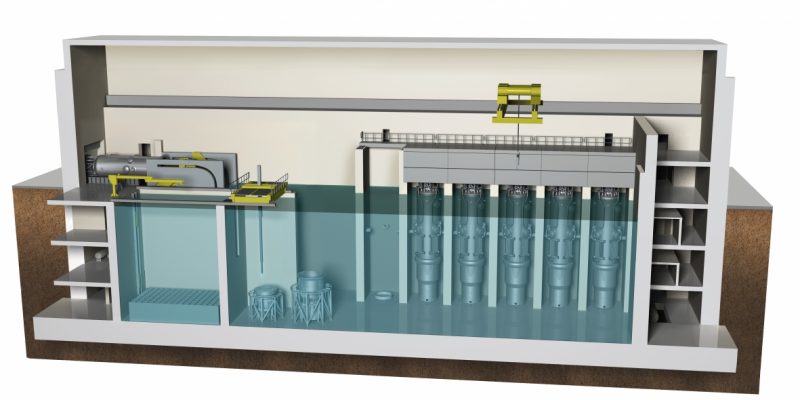NRC staff agrees that scalable emergency planning zones for small modular reactors are feasible

Nuclear Regulatory Commission (NRC) staff said this week that small modular reactors would not need large emergency planning zones (EPZs), stating instead that EPZs can feasibly be scaled down for small modular reactors.
The NRC staff made the preliminary finding public in its advanced safety evaluation of a Tennessee Valley Authority (TVA) 2016 early site permit application (ESPA) for a potential nuclear plant, which would include multiple small modular reactors (SMRs), at TVA’s Clinch River Nuclear Site in Tennessee.
“This rulemaking is consistent with direction from Congress, which has been encouraging the agency to modernize its regulatory framework to facilitate the licensing of these new technologies, particularly through recognition of their enhanced safety features, “ Nuclear Energy Institute (NEI) Technical Advisor David Young.
In its ESPA, TVA requested an exemption to the 10-mile EPZ requirement for large light water reactors. TVA used information from four SMR designs to provide the technical basis for the request and provided an analysis of the safety and performance attributes of SMRs.
The staff found TVA’s methodology to be a “reasonable technical basis” for determining EPZ size that was consistent with the basis used to determine EPZ size for large light water reactors.
In its preliminary findings, NRC staff granted TVA the exemption for future combined construction and operating license applications for which the radioactive source term is bound by the conditions established by the NRC. A July 2018 staff audit report concluded that an SMR plant at the Clinch River site based on the NuScale SMR design would meet the conditions for a site boundary-sized EPZ.
The preliminary findings were discussed at an Aug. 22 meeting of NRC’s Advisory Committee on Reactor Safeguards.
